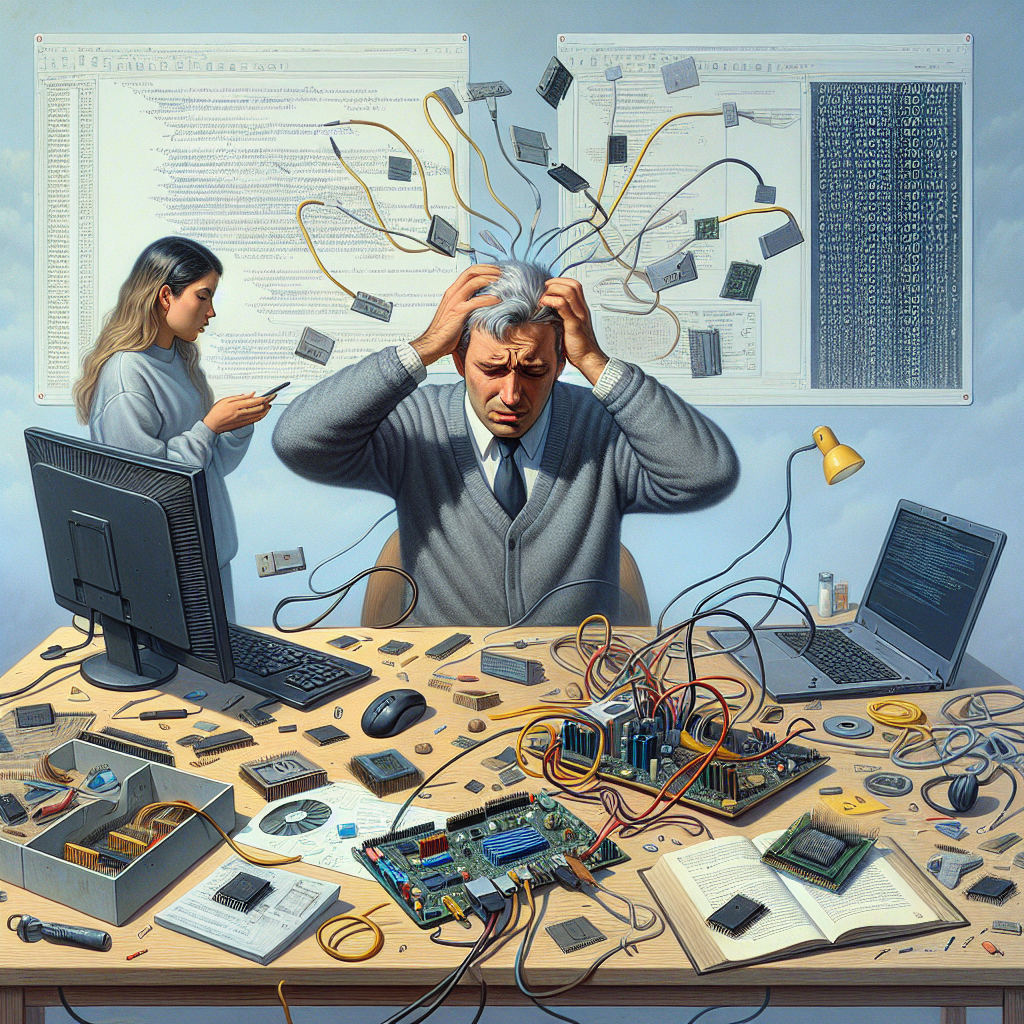In today’s digital age, computers have become an integral part of our daily lives. From business operations to personal entertainment, their uninterrupted functionality is crucial. However, when issues arise, they can cause significant disruptions. This guide will help you troubleshoot common computer issues effectively.
Table of Contents
- Check Basic Connections
- Software Issues
- Hardware Problems
- Internet Connectivity Issues
- System Performance Issues
- Virus and Malware
- When to Seek Professional Help
Check Basic Connections
Before delving into complex troubleshooting steps, start by checking the basic connections. Ensure that all cables are securely connected and there are no loose ends. Here’s a quick checklist:
- Power cable plugged in
- Monitor cables connected securely
- Keyboard and mouse plugged in
- Network cables connected (if applicable)
Software Issues
Restart Your Computer
Sometimes, a simple restart can resolve many software-related issues. Restarting clears the system cache and can fix minor glitches.
Update Software and Drivers
Outdated software and drivers can cause a myriad of issues. Ensure your operating system, drivers, and any installed applications are up to date.
Check for Software Conflicts
Some software programs may conflict with each other, causing your computer to behave erratically. Uninstall any recently installed programs to identify the problematic one.
Hardware Problems
Diagnose Hardware Failures
Hardware issues are often more complex to diagnose. Common signs of hardware failures include unusual noises, random shutdowns, and unresponsive peripherals. Here’s a basic checklist to help you troubleshoot:
- Listen for unusual noises from the hard drive
- Check if all fans are operational
- Ensure peripherals are responsive
- Run hardware diagnostic tools
Replace Faulty Components
If you identify a faulty component, the best course of action is to replace it. This could range from a problematic hard drive to a malfunctioning motherboard.
Internet Connectivity Issues
Check Router and Modem
Internet issues can often be traced back to the router or modem. Here’s what you can do:
- Ensure the modem and router are powered on
- Check all cables are securely connected
- Restart the modem and router
- Check for service outages from your ISP
Network Settings
Your computer’s network settings may also cause connectivity issues. Ensure your computer is set to obtain an IP address automatically.
System Performance Issues
Manage Startup Programs
Too many programs running at startup can slow down your system. Use the Task Manager to disable unnecessary startup programs.
Run Disk Cleanup
Over time, temporary files, cache, and other unwanted files can accumulate and slow down your system. Run Disk Cleanup to remove these files.
Upgrade Hardware
If your computer is consistently slow, consider upgrading the hardware. Adding more RAM or switching to an SSD can significantly boost performance.
Virus and Malware
Install Antivirus Software
Installing reliable antivirus software is crucial in protecting your computer from viruses and malware.
Run Regular Scans
Ensure you run regular scans to catch and remove any malicious software.
When to Seek Professional Help
If you’ve tried all the troubleshooting steps and your computer still has issues, it might be time to seek professional help. Professional technicians have the necessary tools and expertise to diagnose and fix your computer problems.
In conclusion, troubleshooting common computer issues involves a combination of checking basic connections, diagnosing software and hardware issues, and maintaining system performance. Regular maintenance and staying updated with the latest software can also prevent many common problems.

